By Louise Irvine
The Wiener Museum of Decorative Arts owes its existence to Arthur Wiener’s passion for collecting Royal Doulton art pottery. During the last 50 years, he has built a vast collection of Doulton wares and hundreds of pieces are exhibited in the new WMODA galleries in Hollywood. We are proud to showcase the largest collection on public display in the world. I was introduced to Arthur because of my extensive knowledge of Royal Doulton wares and he invited me to become the Executive Director and Curator of WMODA. The rest, as they say, is history!
My introduction to Royal Doulton was reading the biography of Sir Henry Doulton by Edmund Gosse. I was about to graduate from the Museum Studies course at Manchester University and I had an exciting job interview that required me to research Doulton’s history for an exhibition at the Victoria & Albert Museum in London. The biography was the only book available to me the night before the interview, no doubt overlooked by my competitors because it has no pictures! I read it cover to cover and was so impressed by Sir Henry’s achievements that I couldn’t stop raving about him the next day and got the job. I moved to London and my own Doulton story began.
I spent two years studying all aspects of Royal Doulton’s diverse products and meeting collectors who generously loaned their treasures to the V & A exhibition in 1979. I became fascinated by Doulton’s architectural work which had not been explored in detail and traveled all over Britain looking at tiles and terracotta from the Victorian era. Doulton’s original art pottery studio and showroom was still standing on the banks of the River Thames in Lambeth and over the years, I have taken many avid Doulton collectors to view the building, including Arthur Wiener.
Founded in 1815, the Doulton pottery was known for its practical salt-glazed stoneware products including beer bottles and chemical vessels. Henry Doulton, the son of the founder, started the first ever sewer pipe factory and made a fortune during the sanitary revolution. During the 1860s, he was persuaded by the principal of the Lambeth School of Art to start experimenting with art pottery and he employed his first sculptor, George Tinworth, who became renowned for his religious sculptures in terracotta. Miss Hannah Barlow was the first young woman to join Doulton’s Lambeth studio and she became famous for her incised designs of animals on stoneware vases, which are avidly collected by Arthur Wiener.
Doulton exhibited his first collection of art pottery at the Paris Exhibition in 1867 followed by the London Exhibition in 1872 where they were noticed by Queen Victoria. Doulton’s art wares were so well received that he decided to employ more artists, mainly young women, to paint earthenware pottery in the maiolica style. Lambeth Faience vases and plaques were among the 1,500 pieces shipped to the Philadelphia Exhibition in 1876 where Doulton received five first class awards.
Fired on by his success, Henry Doulton built a new factory complex on the Lambeth Embankment between 1876 and 1878. R.W. Wilkinson and F.W. Tarring were the architects commissioned to design the new studio and showroom in the fashionable Neo-Gothic style. The pink and beige terracotta dressings and stoneware tiles advertised Doulton’s architectural ceramics to passers-by and Tinworth’s terracotta panel above the main entrance promoted the studio within. Henry Doulton is seated in the center admiring a new vase by Tinworth while Miss Barlow sits nearby with her pet cat under her chair.
The new building was highly regarded and the architects designed a similar structure, La Maison Doulton, to house the company’s products at the Paris Exposition Universelle in 1878. It stood originally in the Rue des Nations at the exhibition and afterwards it was moved to Maisons-Laffitte near Paris, where it can still be seen today. For his contribution this World Fair, Henry Doulton was awarded the Grand Prix and bestowed the title Chevalier of the Legion d’Honneur, the highest civil honor in France.
In 1885, Henry Doulton was awarded the prestigious Albert Medal of the Society of Arts (now the Royal Society of Arts) for his development of artistic pottery and the technical education of women. By this date, there were more than 300 women working at the Lambeth Studio. Henry Doulton was deeply moved by this honor, particularly as the Prince of Wales (later King Edward VII) came to Lambeth to present the medal in front of Doulton’s own work force so that they might share in the celebration. “For all you have done for art,” said the Prince, “not only in this country but throughout the world, I do not think there is anyone more deserving of the high compliment we are about to pay you.” To commemorate the occasion, Mark V. Marshall, one of the studio’s most accomplished artists, created a monumental salt glazed stoneware vase with grotesque reptiles and foliate forms in high relief. The unique vase, which stands 21.5 inches tall, can be seen at WMODA.
Two years later, Henry Doulton was knighted by Queen Victoria, the first potter to receive this honor. Sir Henry’s business empire continued to flourish and by 1889, he employed around 2,000 people in Lambeth. He established factories in other parts of the country, including Staffordshire, where his Burslem Studio produced fine china art wares and figurines which can also be seen at WMODA. Several major exhibition pieces on display were first shown at the Chicago World Fair in 1893 which was described as “Henry Doulton’s Greatest Triumph”. Doulton took seven of the highest awards in Chicago - the largest number granted to any pottery firm. Sir Henry died in 1897 and was laid to rest in a mausoleum decorated with Doulton terracotta. His extraordinary legacy lives on at WMODA.
Read more about George Tinworth
A Recent Revelation
Man or Mouse?
Christmas Frog Chorus
Read more about Mark V. Marshall
Jabberwock & Other Creatures by Mark V. Marshall
Read more about women at Doulton...
Deeds Not Words
Women’s Day
Read more about Doulton’s Faience artists
Fantastique Faience
Read more about Doulton at World Fairs
Doulton at Chicago World’s Fair
Read more about Arthur Wiener’s Legacy
The Wiener Legacy at WMODA
Read more about Louise Irvine
Who’s Who – Louise Irvine
Louise’s Doulton Story
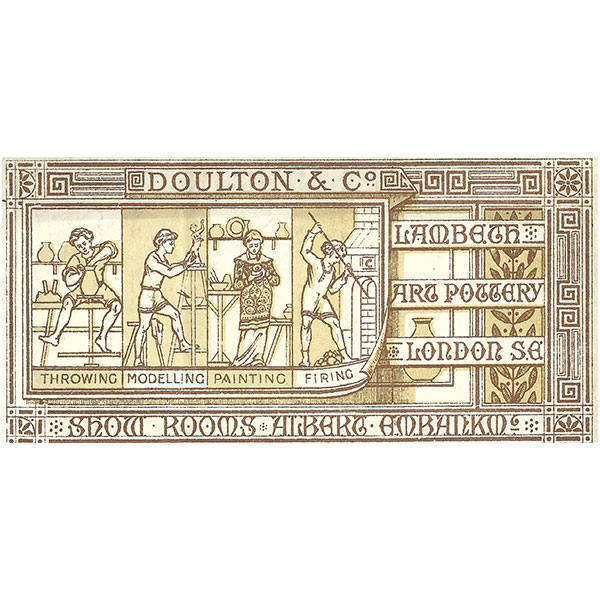
Lambeth Art Pottery Showcard
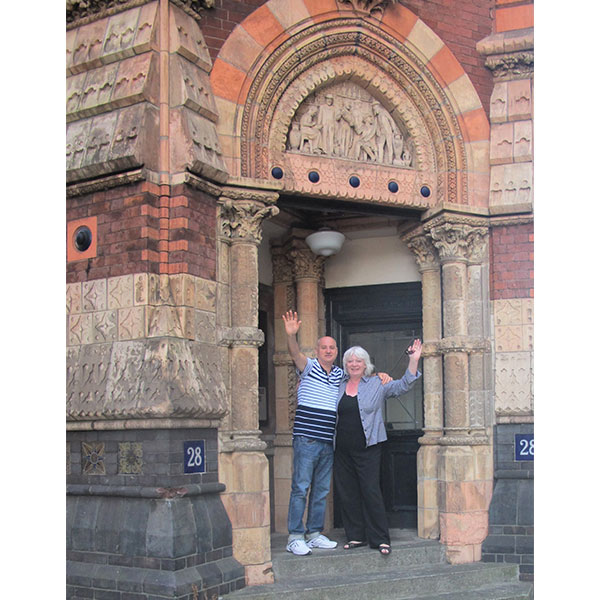
Arthur Wiener and Louise Irvine Doulton Lambeth Studio
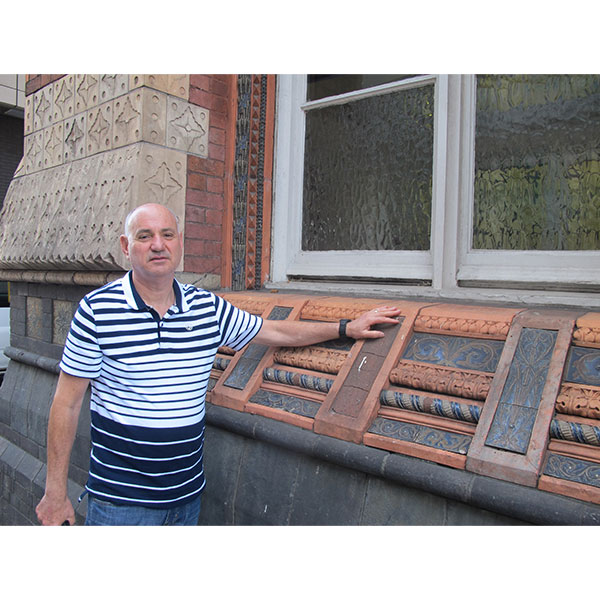
Arthur Wiener Doulton Lambeth Studio
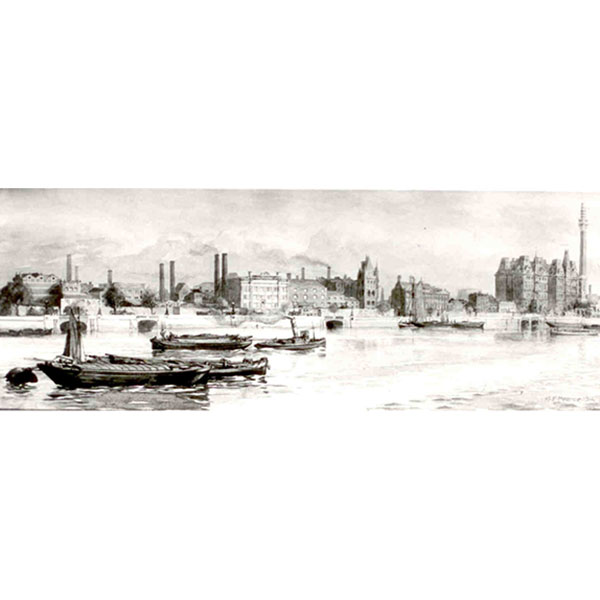
River view of the Doulton Lambeth Pottery A. E. Pearce
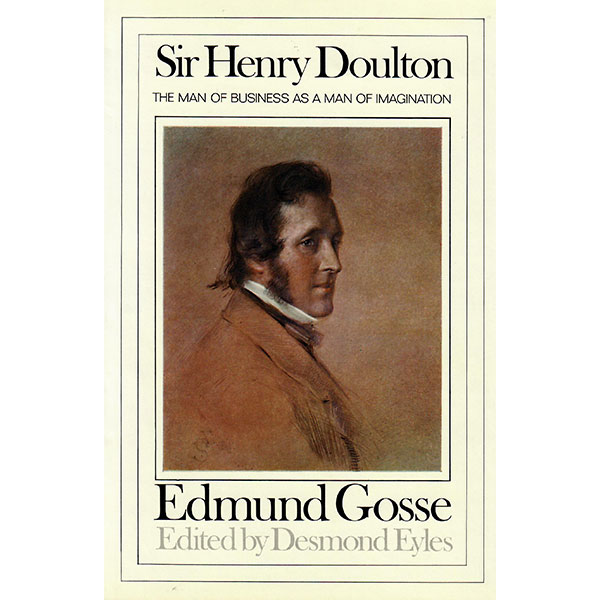
Sir Henry Doulton Book
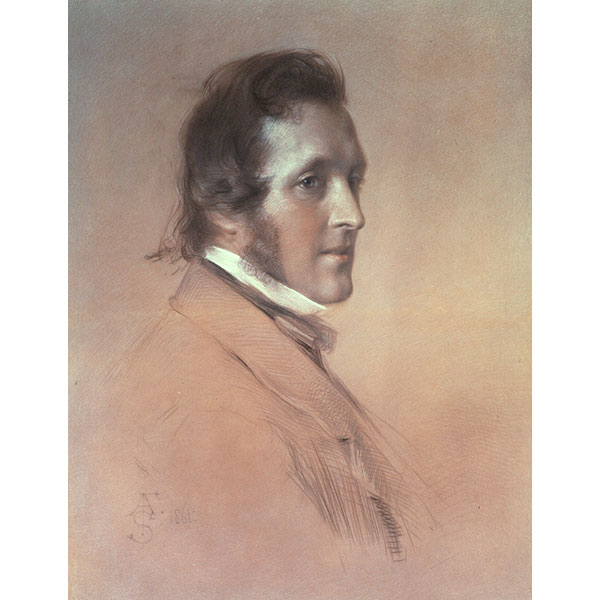
Henry Doulton by F. Sandys
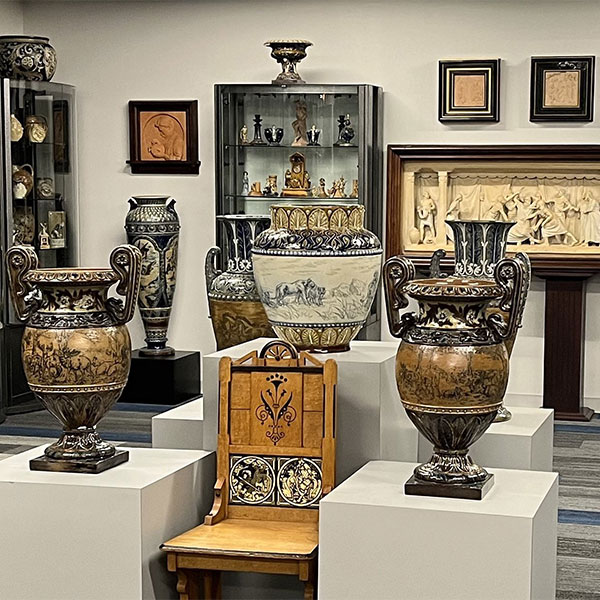
Hannah Barlow and George Tinworth WMODA
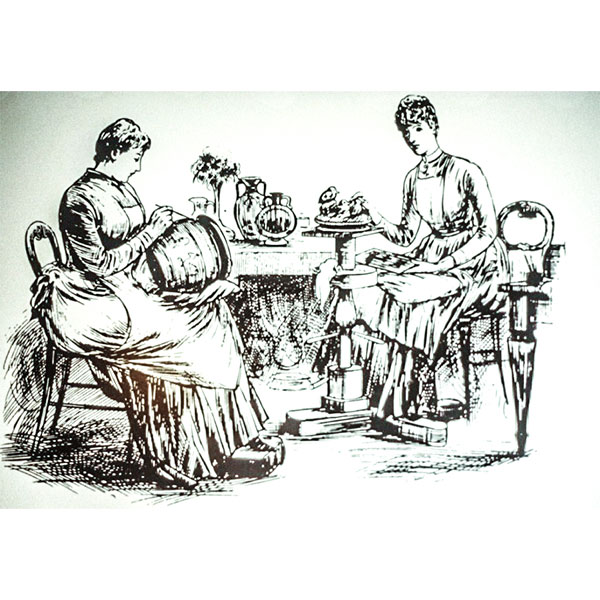
Hannah and Florence Barlow
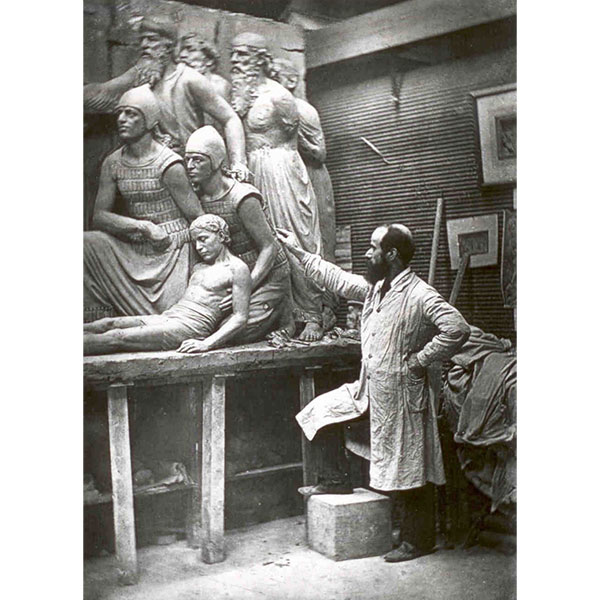
George Tinworth
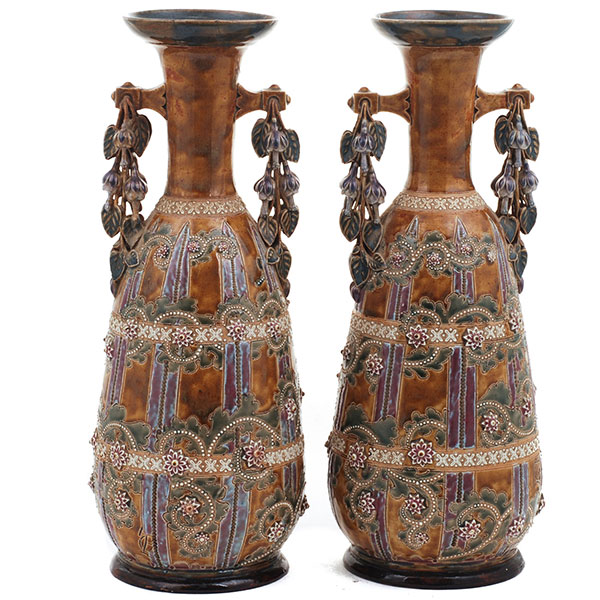
Doulton Stoneware Vases. G. Tinworth
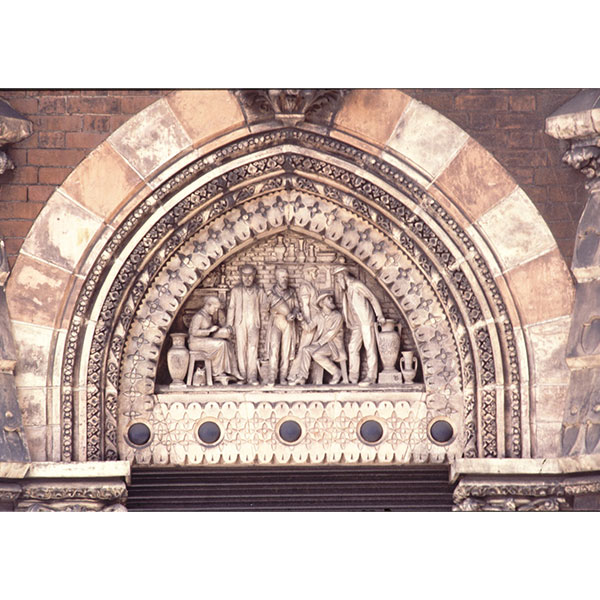
Doulton House Terracotta Panel G. Tinworth
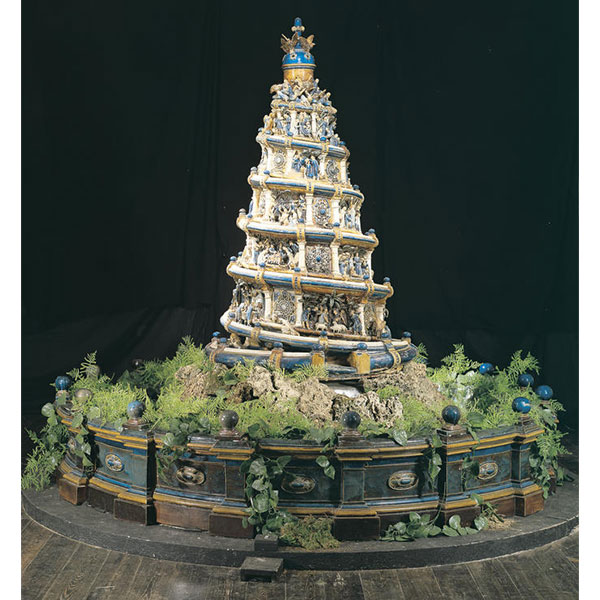
Tinworth Fountain Doulton Story Exhibition V & A Museum
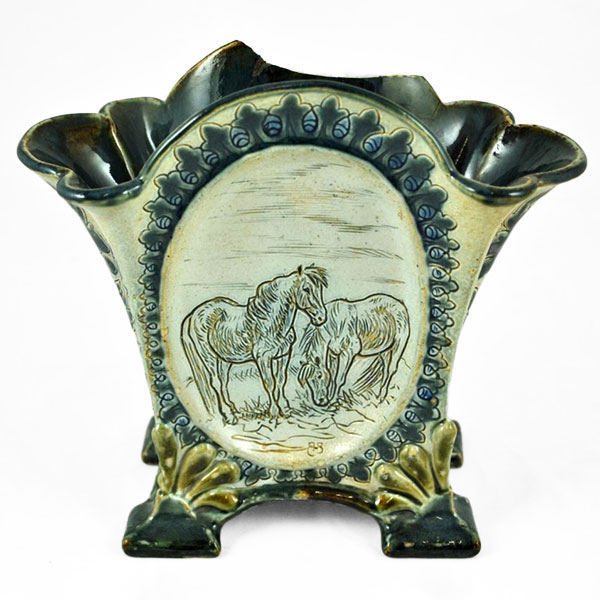
Doulton Stoneware Vase H. B. Barlow
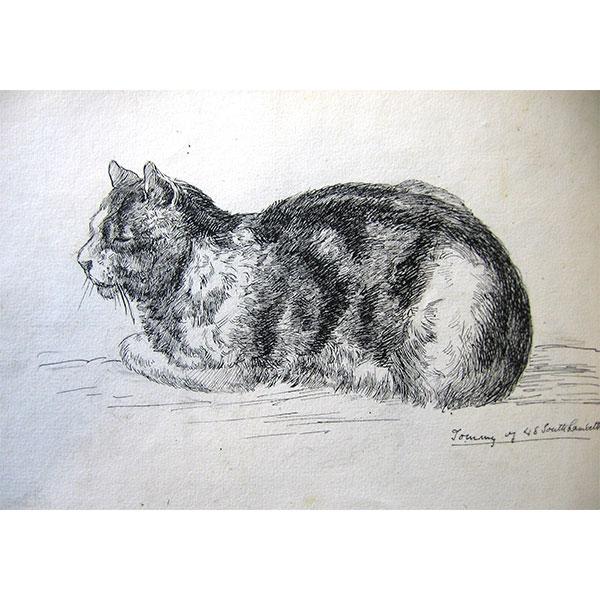
Tommy by H.B. Barlow
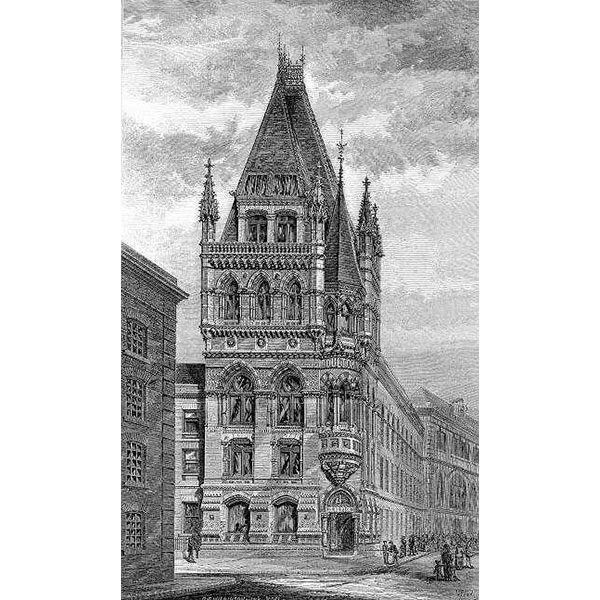
Doulton Lambeth Studio and Showroom
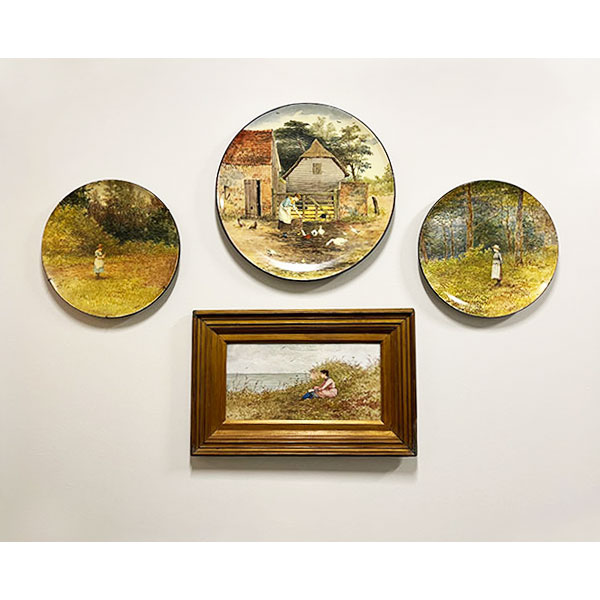
Doulton Lambeth Faience Plaques L. Watt
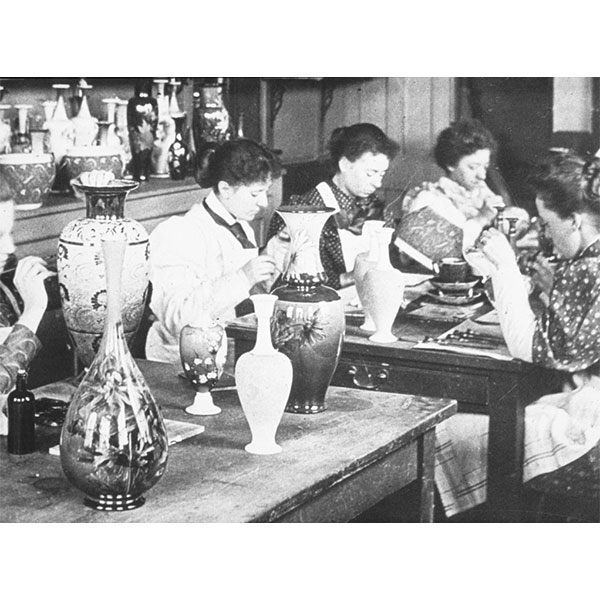
Doulton Lambeth Studio Artists
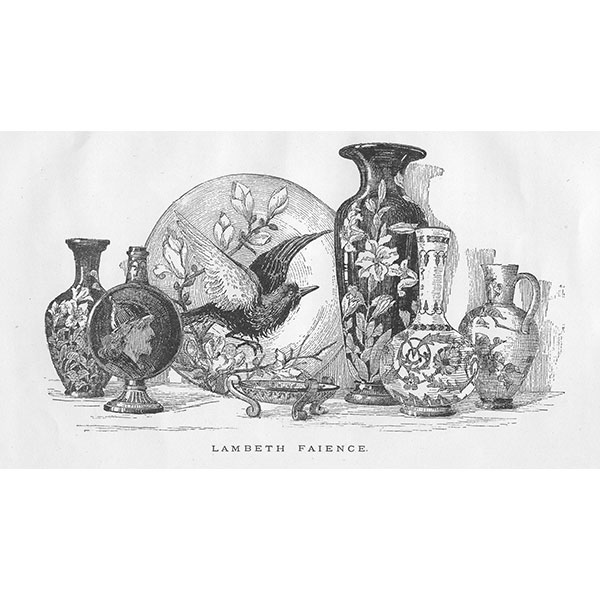
Early Doulton Lambeth Faience
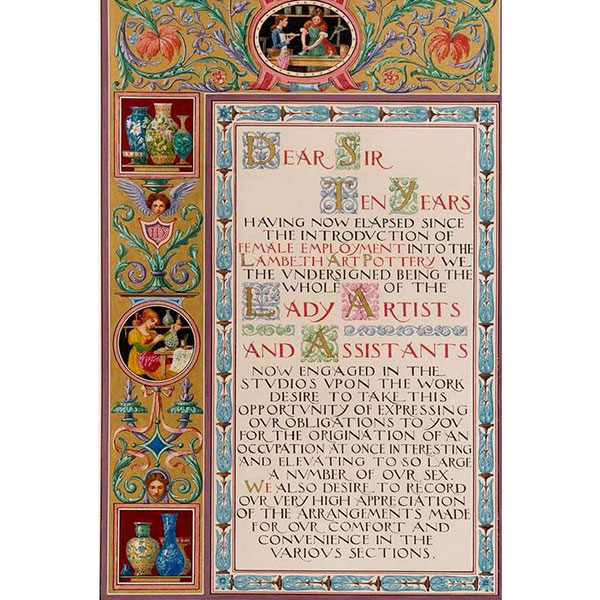
Henry Doulton Presentation Volume
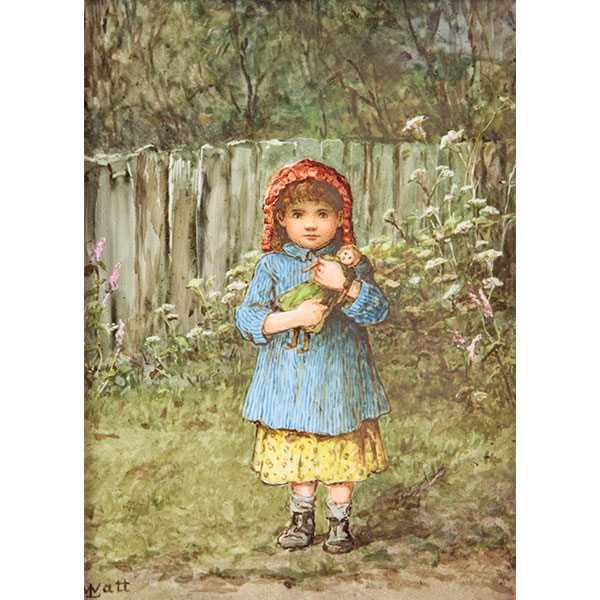
Doulton Lambeth Faience L. Watt
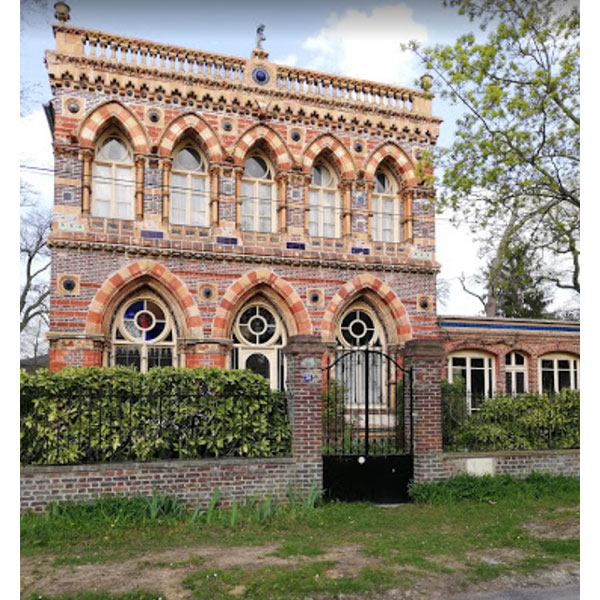
Maison Doulton Near Paris
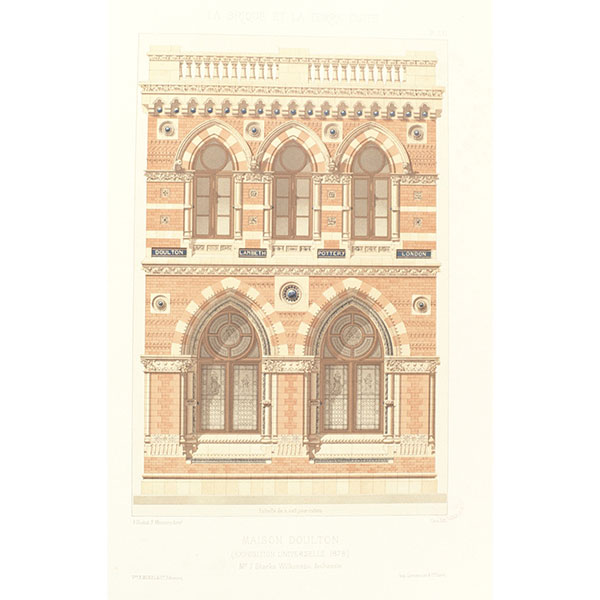
Maison Doulton Paris Exhibiton
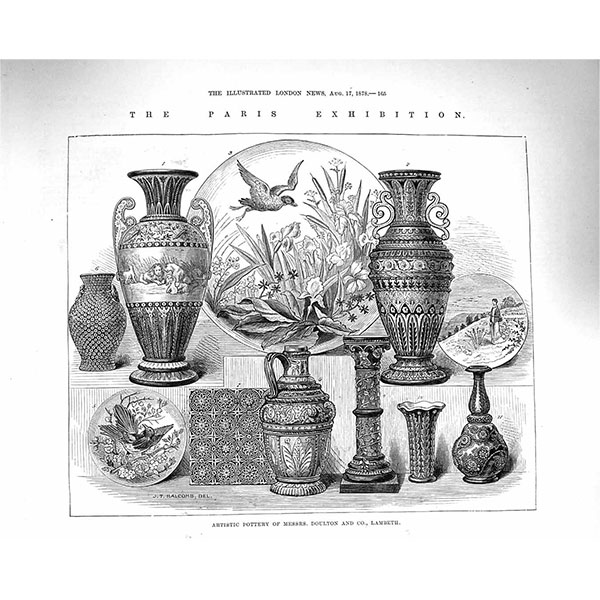
Doulton Lambeth Exhibits Paris
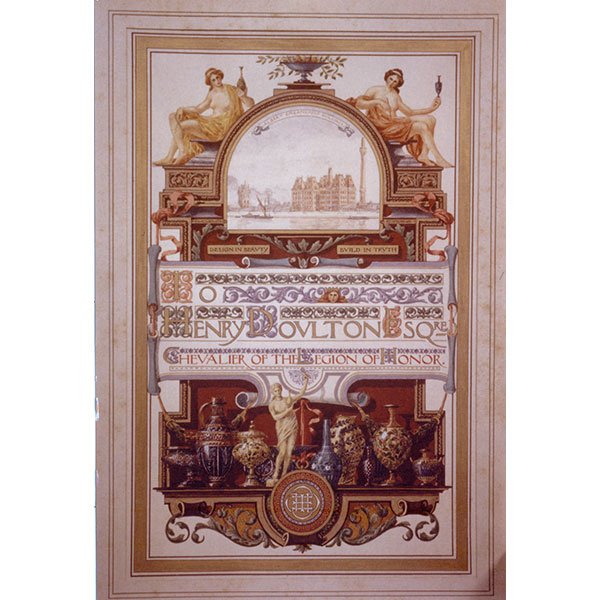
Henry Doulton Chevalier of the Legion of Honor
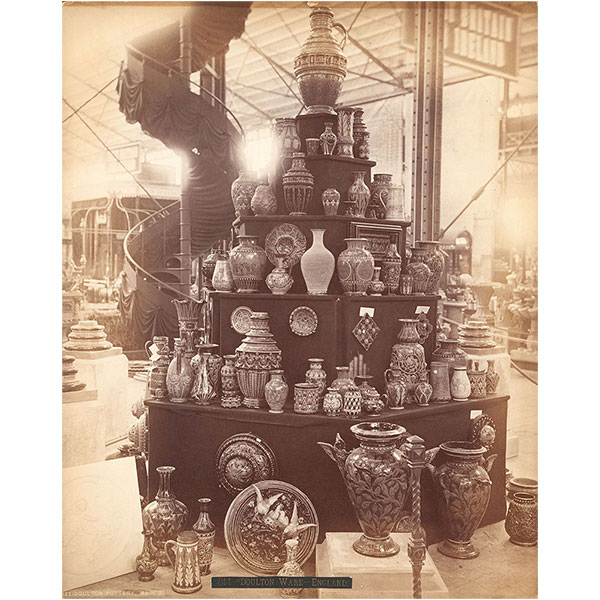
Doulton Lambeth Exhibits Philadelphia
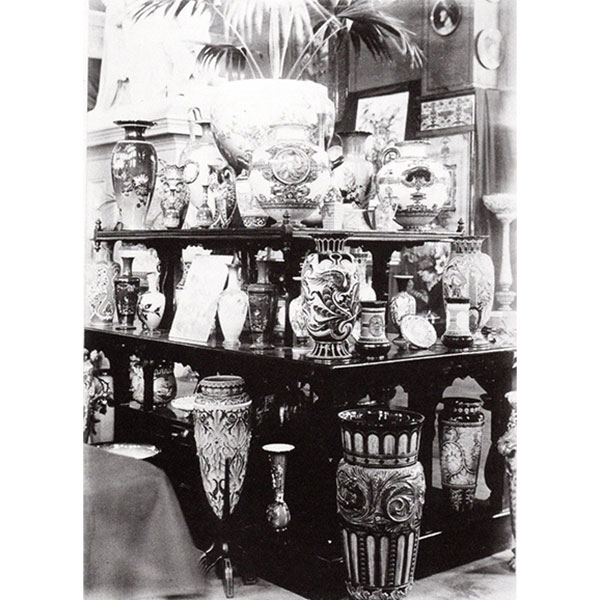
Doulton Lambeth Exhibits Chicago
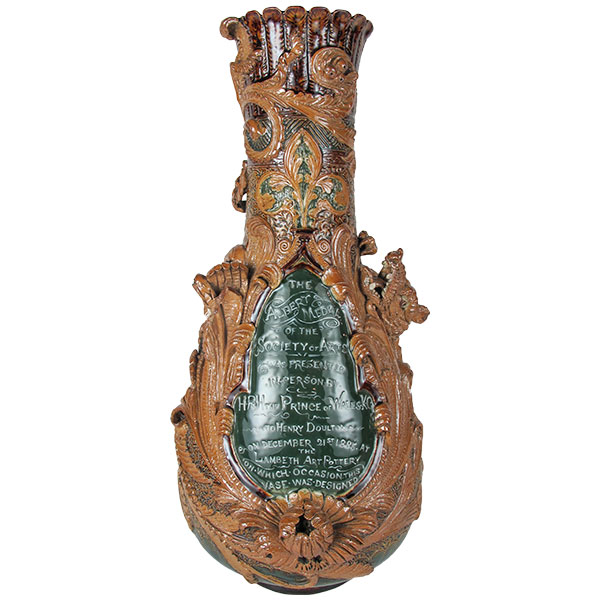
Albert Medal Vase M. V. Marshall
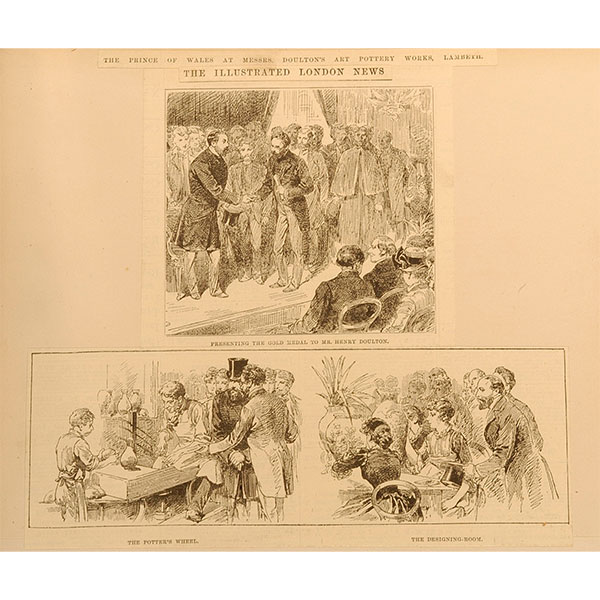
Albert Medal Presentation
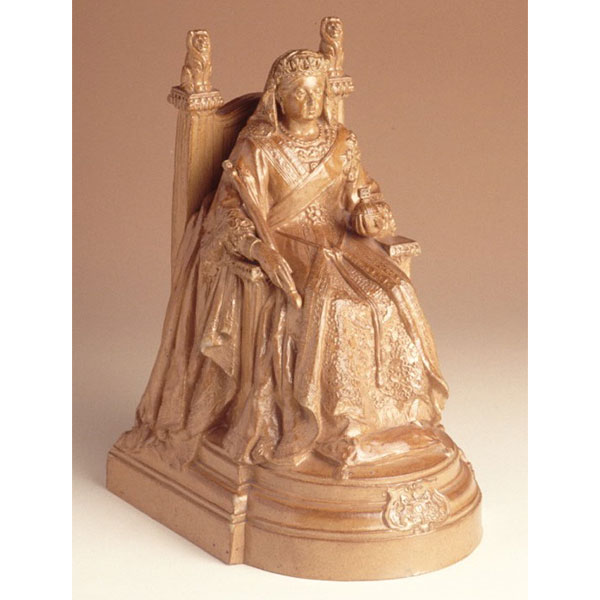
Doulton Queen Victoria J. Broad
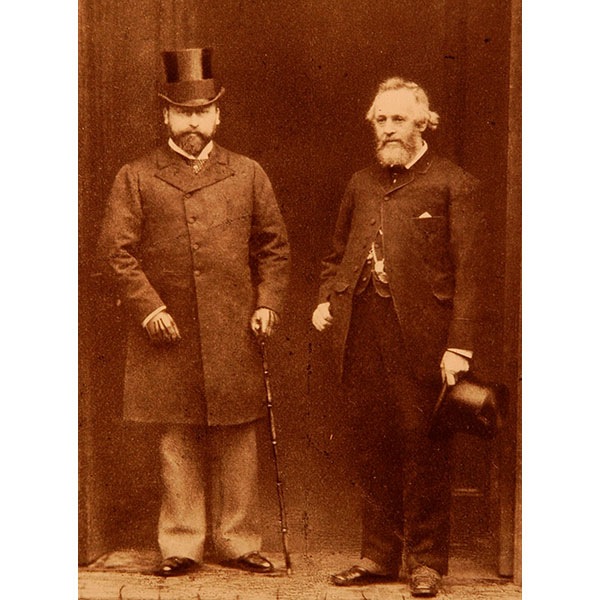
Prince of Wales and Henry Doulton
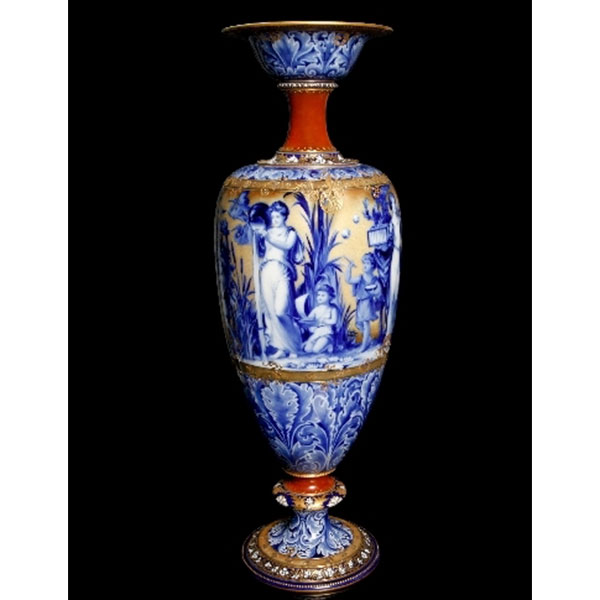
Doulton Burslem Spring G. White
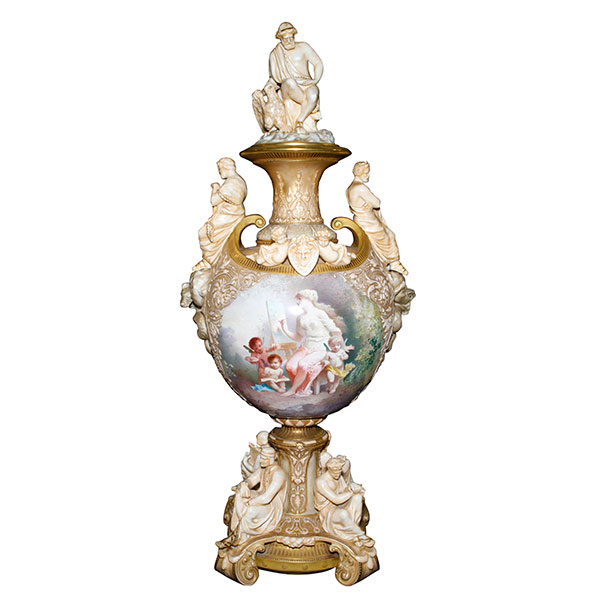
Doulton Burslem Dante Vase
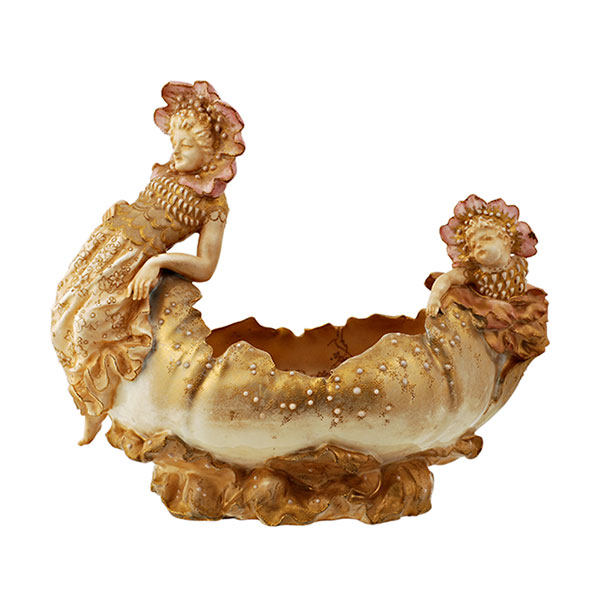
Doulton Burslem Flora's Feast
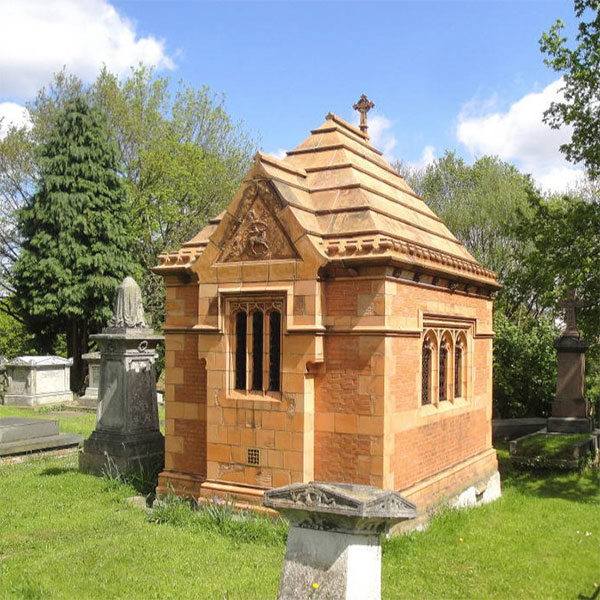
Doulton Family Mausoleum
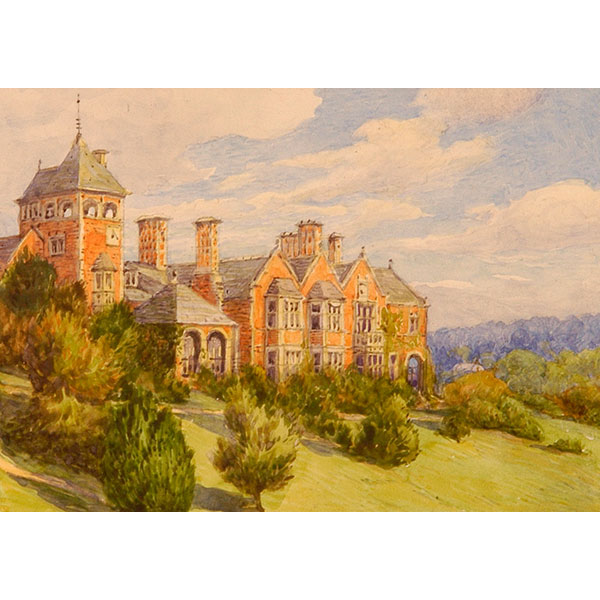
Woolpits Sir Henry's Surrey Home
